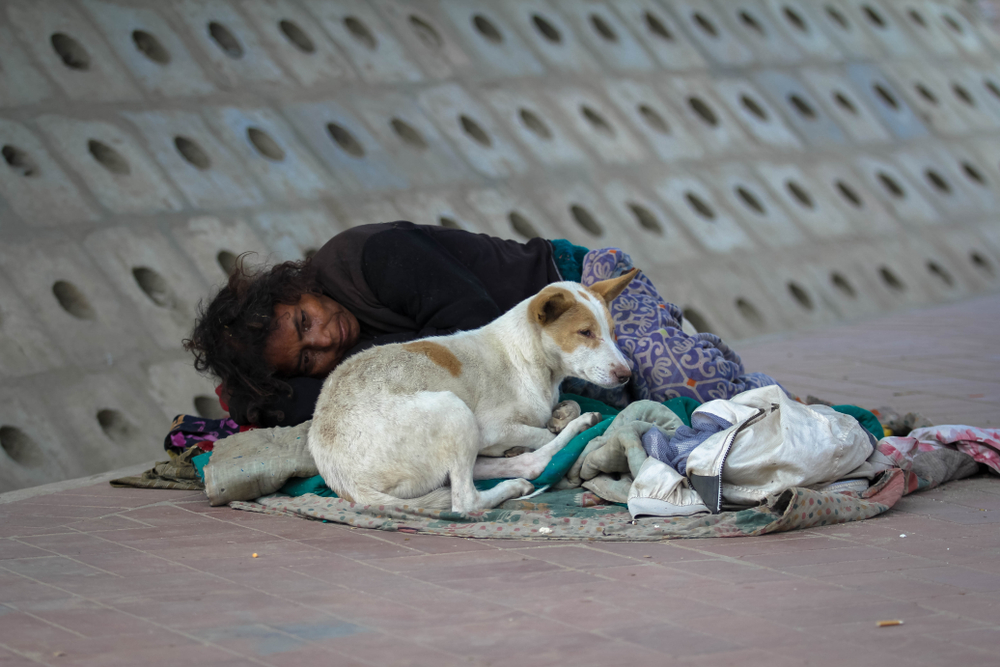Homeless people in Indian cities are not all migrants. This finding from a study funded by the European Union and conducted by two non-governmental organizations should be enough to unsettle the condescending indifference with which they are regarded by city-dwellers with roofs above their heads — and there is more. Only 40 per cent of the over 4,000 homeless people surveyed in 15 cities across five states are migrants, the majority among them having come to the cities for livelihood. The rest were born in the cities that have not been able to house them. The latter, the study points out, demonstrates an intergenerational cycle of urban poverty and homelessness. Besides, above one-third of the homeless are Dalits, representing the generations-old cycle of exploitation and deprivation in city and village. The study lays the basis for corrective policies, recording, for example, how many homeless people have access to night shelters, how many choose not to use them and why. It also details the rates of access to health centres, the forms and sources of harassment, and main occupations, such as begging and daily labour. Perhaps most important in the present environment is the finding that many have some form of identification, including Aadhaar cards. Most of the few with voter cards do vote, although almost no one receives their entitlements from the government, such as subsidized food rations.
It may seem that the sample pool is rather small, given the number of India’s cities. But the study opens up further routes of enquiry — characteristic regional patterns of migration from villages or small towns to cities, for example, or the relation of homelessness for a generation or more to specific crises. An adult born of migrant parents on the city pavement cannot have the same attitude as another living on the streets because his family lost livelihood and shelter two generations ago. Then there are the station children — migrants from both city and country — and children with homes in the village sent seasonally to beg on the city streets. The study talks of the acute need for programmes of skill-building and vocational training. This is important, but should homeless children be limited solely to that or should there be a system that allows them to go to school?












